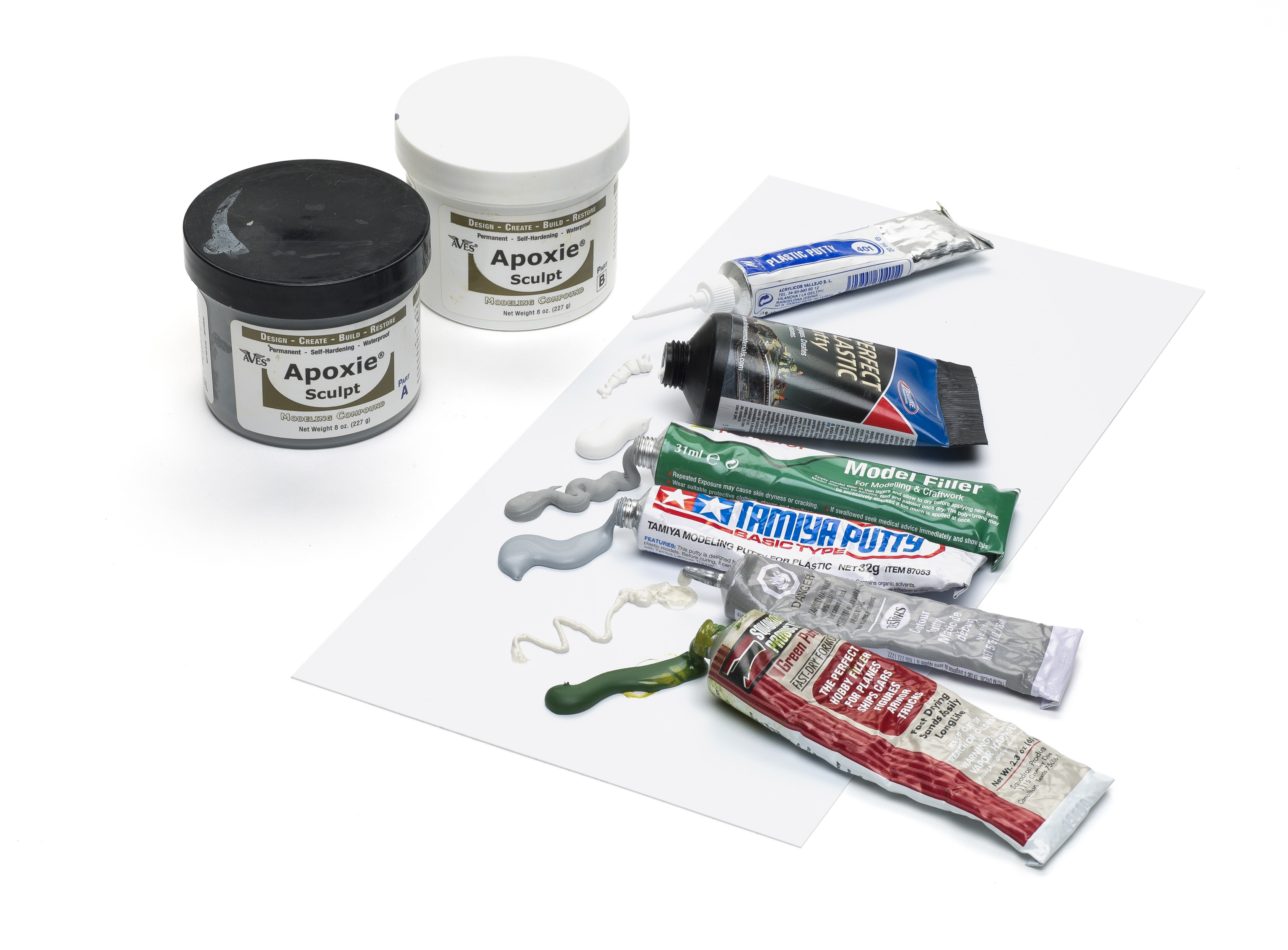Hi Neal and welcome to the forum. You can get Revell Contacta from Sprue Brothers and the 25 gram bottle costs $4,99 plus postage from Missouri. HTHs......
Prost from Germany
Allen
Prost from Germany
Allen
 I know if I try to fix it any more there's a very likely chance it will get worse, not better. That's what I get for not keeping a bit of the original mix for touch ups, I forgot.
I know if I try to fix it any more there's a very likely chance it will get worse, not better. That's what I get for not keeping a bit of the original mix for touch ups, I forgot. I know if I try to fix it any more there's a very likely chance it will get worse, not better. That's what I get for not keeping a bit of the original mix for touch ups, I forgot.
I know if I try to fix it any more there's a very likely chance it will get worse, not better. That's what I get for not keeping a bit of the original mix for touch ups, I forgot.


Comment